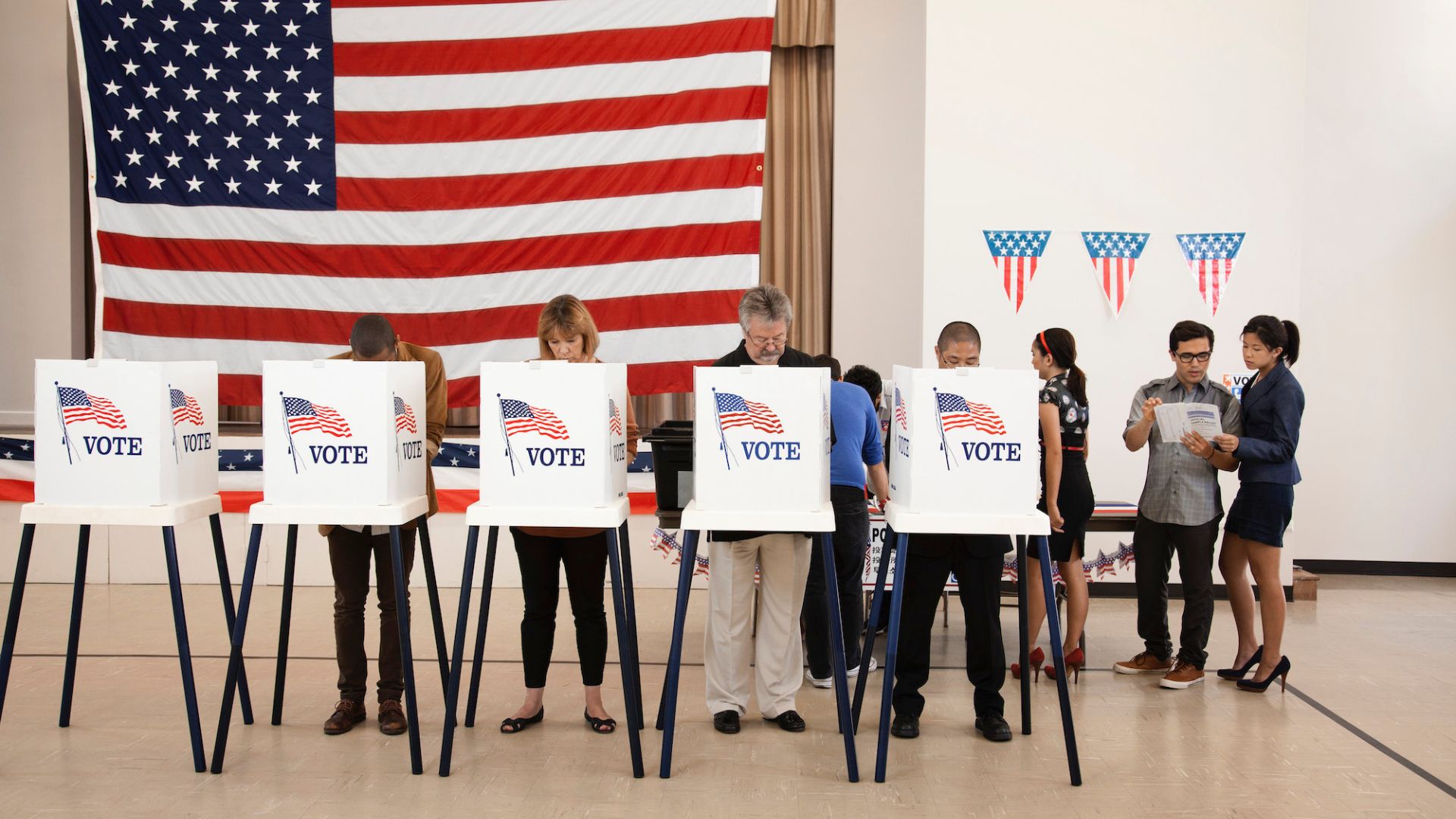Voter turnout is a key indicator of democratic health and vitality. High levels of voter participation contribute to a more representative and responsive government, while low turnout can undermine the legitimacy of democratic institutions. This article explores why voter turnout is critical for democracy, examining its impact on representation, legitimacy, policy-making, and civic engagement.

Enhancing Representation
Reflecting Diverse Interests:
- Explanation: When more people vote, the elected representatives are more likely to reflect the diverse interests and needs of the population. High voter turnout ensures that different voices and perspectives are considered in the decision-making process.
- Impact: Enhanced representation leads to policies and laws that better address the concerns of a broader segment of society.
Examples:
- Case Study: In countries with high voter turnout, such as Sweden, election results more accurately represent various demographic groups and political views.
Improving Policy Responsiveness:
- Explanation: Elected officials are more accountable and responsive when they know their decisions will affect a larger, more engaged electorate. High turnout pressures politicians to address the concerns of all constituents.
- Impact: Increased voter engagement often leads to more effective and inclusive policy-making.
Examples:
- Case Study: In the Netherlands, high voter turnout has contributed to policies that address a wide range of public concerns, from social welfare to environmental protection.
Strengthening Democratic Legitimacy
Ensuring Legitimate Mandates:
- Explanation: Higher voter turnout legitimizes election results by demonstrating that the elected government has a broad mandate from the population. This legitimacy is crucial for the effective functioning of democratic institutions.
- Impact: A strong mandate enhances the credibility of elected officials and the legitimacy of their decisions.
Examples:
- Case Study: In Australia, mandatory voting laws ensure high turnout, which helps maintain a strong sense of legitimacy for the elected government.
Reducing Political Cynicism:
- Explanation: When voter turnout is high, it reflects a healthy democratic process and can reduce feelings of political cynicism and disenfranchisement among citizens. Low turnout, on the other hand, may contribute to a sense of disillusionment with the political system.
- Impact: Increased participation helps build trust in democratic processes and institutions.
Examples:
- Case Study: Countries with consistent high turnout, such as Switzerland, often see lower levels of political cynicism and higher public trust in government.
Promoting Civic Engagement
Encouraging Active Citizenship:
- Explanation: Voting is a fundamental aspect of civic engagement. High voter turnout reflects a society where citizens are actively involved in the political process and feel a sense of responsibility towards their community.
- Impact: Active citizenship fosters a more engaged and informed electorate, leading to greater community involvement and advocacy.
Examples:
- Case Study: Civic education programs in countries like Finland encourage high voter turnout and active participation in democratic processes.
Mobilizing Communities:
- Explanation: Efforts to increase voter turnout often involve community organizing and outreach, which can strengthen community bonds and promote collective action on local issues.
- Impact: Mobilized communities are better equipped to address local challenges and advocate for their interests.
Examples:
- Case Study: Grassroots organizations in the United States work to increase voter turnout through community outreach and education, leading to stronger community ties and more active local engagement.
Influencing Election Outcomes
Shaping Electoral Results:
- Explanation: Voter turnout can significantly impact election outcomes. Higher turnout may change the dynamics of an election by including voices that might otherwise be marginalized or underrepresented.
- Impact: Changes in voter turnout can lead to shifts in political power and influence the direction of policy decisions.
Examples:
- Case Study: In the 2008 U.S. presidential election, increased voter turnout, particularly among young and minority voters, played a crucial role in determining the outcome.
Affecting Policy Priorities:
- Explanation: When different segments of the population vote, they bring attention to diverse issues and concerns. This can influence the policy priorities of elected officials and result in a broader range of issues being addressed.
- Impact: Diverse voter participation helps ensure that a wider array of policy issues is considered and addressed.
Examples:
- Case Study: In Canada, high voter turnout has led to greater emphasis on issues like climate change and healthcare, reflecting the diverse priorities of the electorate.
Overcoming Barriers to Voting
Addressing Voting Barriers:
- Explanation: Efforts to increase voter turnout often involve addressing barriers to voting, such as accessibility issues, voter registration challenges, and misinformation. Tackling these barriers is essential for promoting inclusive and equitable participation.
- Impact: Overcoming voting barriers helps ensure that all eligible citizens have the opportunity to participate in the democratic process.
Examples:
- Case Study: Initiatives like early voting and mail-in ballots in the U.S. aim to reduce barriers and increase voter accessibility, leading to higher turnout rates.
Improving Electoral Systems:
- Explanation: Reforming electoral systems to make voting more accessible and efficient can contribute to higher turnout. This includes measures such as simplifying registration processes and enhancing voting technology.
- Impact: Improved electoral systems facilitate higher voter participation and strengthen the democratic process.
Examples:
- Case Study: Countries with advanced voting technologies and streamlined registration processes, such as Estonia, see higher voter turnout and increased engagement.
Conclusion
Voter turnout is a fundamental aspect of a healthy democracy. It enhances representation, strengthens democratic legitimacy, promotes civic engagement, and influences election outcomes. By addressing barriers to voting and improving electoral systems, societies can encourage higher voter participation and ensure that their democratic processes reflect the diverse voices and interests of their populations. A commitment to increasing voter turnout contributes to a more vibrant, inclusive, and effective democratic system.

